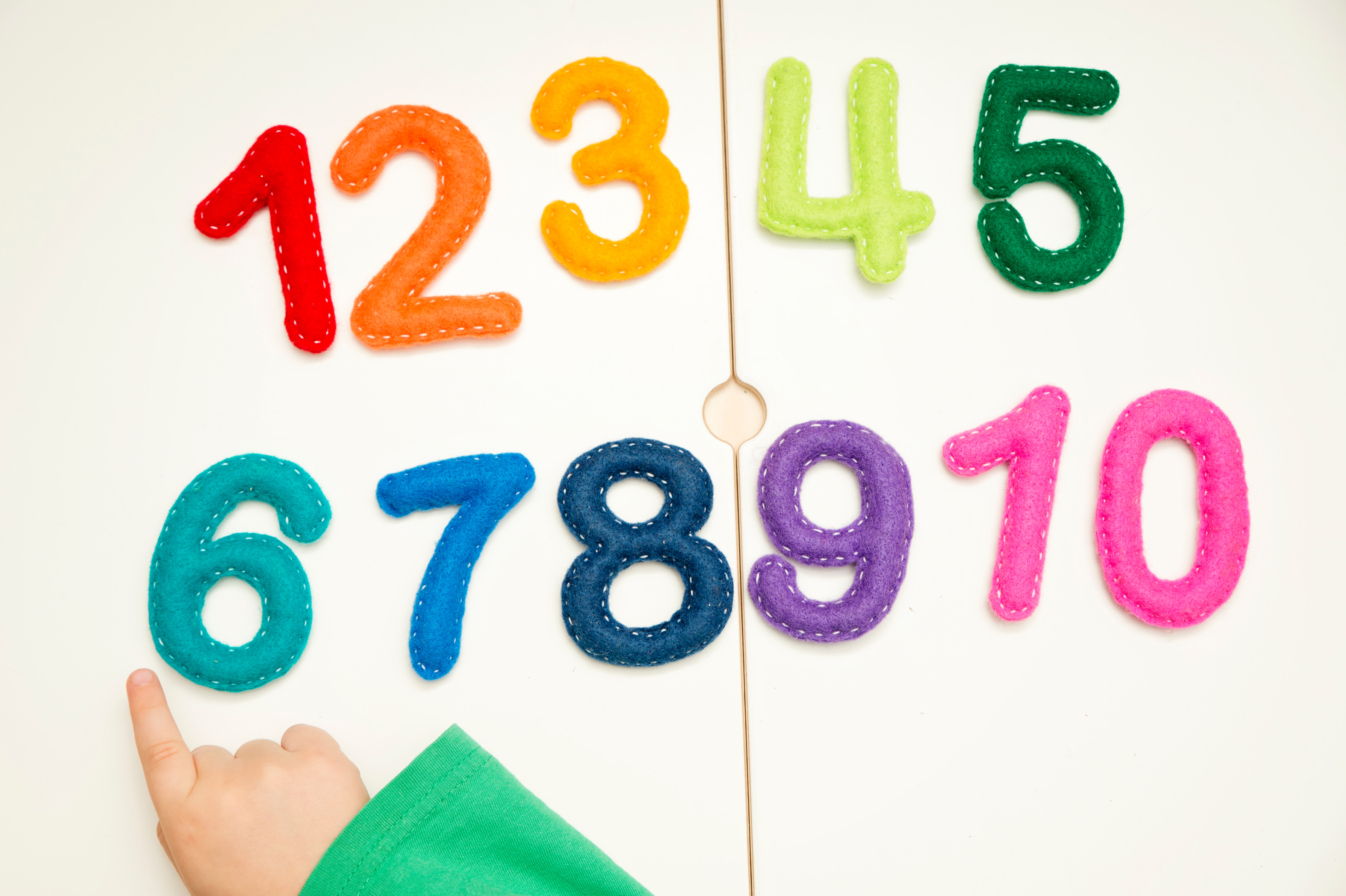-
English
-
English Pre-K
-
Unit 1: Early Literacy Skills
-
ABCs
- Pre-writing Activities
- Letter A
- Letter B
- Letter C
- Letter D
- Letter E
- Letter F
- Letter G
- Letter H
- Letter I
- Letter J
- Letter K
- Letter L
- Letter M
- Letter N
- Letter O
- Letter P
- Letter Q
- Letter R
- Letter S
- Letter T
- Letter U
- Letter V
- Letter W
- Letter X
- Letter Y
- Letter Z
-
Phonological Awareness
- Rhyming Words
- Letter Sounds B, C, D, and F
- Letter Sounds G, H, J, and K
- Letter Sounds L, M, N, and P
- Letter Sounds Q, R, S, and T
- Letter Sounds V, W, X, Y, and Z
- Letter Sounds A, E, and I
- Letter Sounds O and U
- Beginning Sounds
- Matching Letters to Sounds
-
ABCs
-
Unit 2: Vocabulary
-
Common Words
- Sorting Words into Categories
- Color Words
- Verbs and Adjectives
-
Sight Words
- Sight Words 'I' and 'Can'
- Sight Words 'You' and 'Like'
-
Common Words
-
Unit 3: Print Awareness
-
Parts of a Book
- Working with a Book
- Spaces Between Words
- Text and Illustrations
-
Picture Books and Poems
- Picture Book Text Features
- Poem Text Features
- Signs and Labels in the Community
-
Parts of a Book
-
Unit 4: Reading Literature
- Questions About Stories
- Discussing Stories
-
Unit 5: Reading Informational Texts
- Retelling Details in a Text
- Questions About a Text
- Connections Between Events
- Text Features
- Describing Illustrations
-
Unit 1: Early Literacy Skills
-
English Pre-K
-
Math
-
Math for Pre-Kindergarten
-
Logic and Geometry
-
Matching and Sorting
- Same and Different
- Which One Is a Little Different?
- Objects That Go Together
- Sorting by Color and Size
- Sorting The Same Group in Different Ways
- Patterns
-
Shapes
- Shapes in Our Environment
- Naming Shapes Regardless of Size
- Making Shapes in Preschool
- Comparing Shapes
- Relative Positions
- Sorting Shapes
-
Matching and Sorting
-
Early Number Sense
-
Numbers 1–5
- Counting to 3
- Counting to 5
- Arranging Objects up to 3 Objects
- Arranging up to 5 Objects
- Writing Numbers 1–5
-
Numbers 1–5
-
Numbers up to 10
- Counting to 10
- Arranging up to 10 Objects
- Number 0
- Writing Numbers 6–10
- Breaking Down Numbers 6-10
-
Logic and Geometry
-
Math for Pre-Kindergarten
Counting to 10
Learning the special skill of counting to 10 and making groups of 10 is an integral part of a child’s mathematical success. The following are some ideas for exploring the concept of 10 and counting to 10 with your child. Repeated practice, daily number talks, and recognizing numbers in the surrounding environment will reinforce learning.

A great way to start memorizing numbers 1-10 is to count and touch each number or object as you move along a horizontal or vertical line. For example, line up 10 crayons or 10 pieces of playdough in a straight line on a table top. Touch each crayon as you count to ten. Collect the lumps of playdough as you count to ten. Then, when that gets easy, make a path of playdough to a treat. Pick up the playdough while counting the pieces. Putting the crayons back into the box as you count each one rather than just keeping them on the table. Other ways you can practice the memorization of what counting to ten sounds like is to listen to videos of number counting chants, or count steps you take as you walk somewhere such as to the bathroom or to the kitchen. Making numbers a part of a child’s everyday interactions and practice will make remembering the pattern easier.
After gaining the knowledge of what counting to ten sounds like and how to correspond objects with number sounds, it is time to transfer that learning to the hands. Hands are are best tools as human beings. They can be helpful with math your entire life–ever needed a ruler and used your thumb knuckle to measure an inch instead? So, teaching children how to use their hands to help them with counting is a great way to help their confidence. If you always have the tools for the job, you don’t have to worry!
Kids Academy Resources for Preschool Concepts in Counting
This detailed worksheet from Kid’s Academy Resources brings a focus to the number 10. Kids will get practice with noticing the 2 digits that compose the numeral. Fine motor skills and one-to-one correspondence are also practiced repeatedly on this helpful sheet.
This sheet gives practice with visualizing groups of 10 and checking by counting to find the correct answer. This type of activity is something that prepares them to show their learning in kindergarten, because they will get plenty of assignments just like it.
On this practice sheet, your preschooler will get more fine motor skill practice with writing by tracing the numbers 6-10. As an extension, they’re asked to choose the number word that matches the numeral they traced.
The above resource from Kids Academy is an online game that asks kids to use their finger to trace numbers on their tablet or other mobile device. Touch is a great way to reinforce skills, so games like this one will be engaging and helpful.
You can find more articles on different aspects of early number sense in our interactive catalogue!





